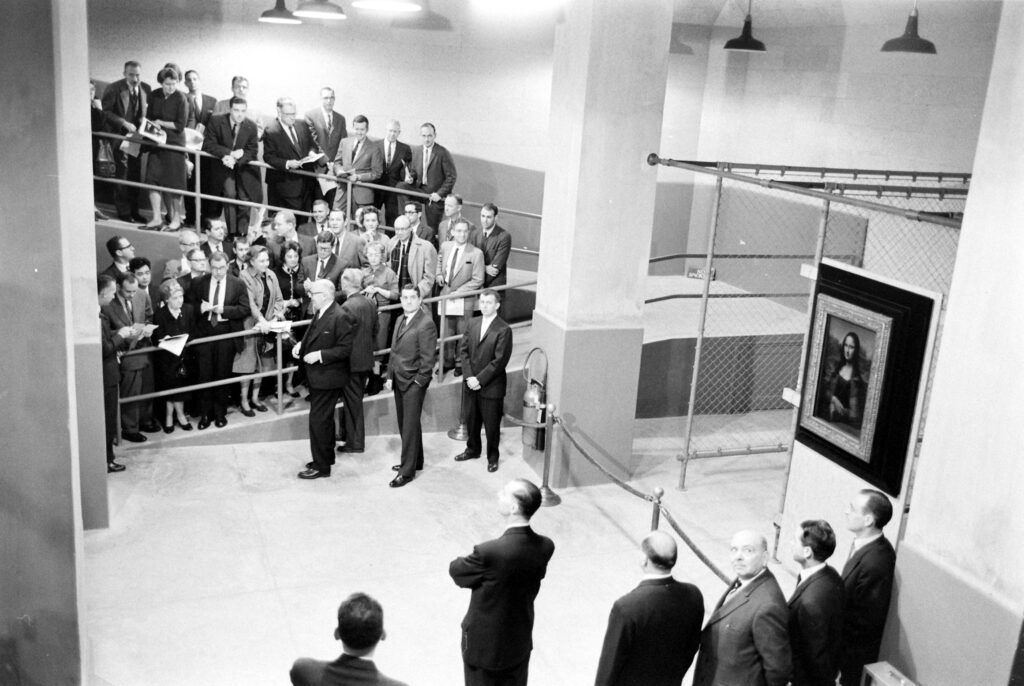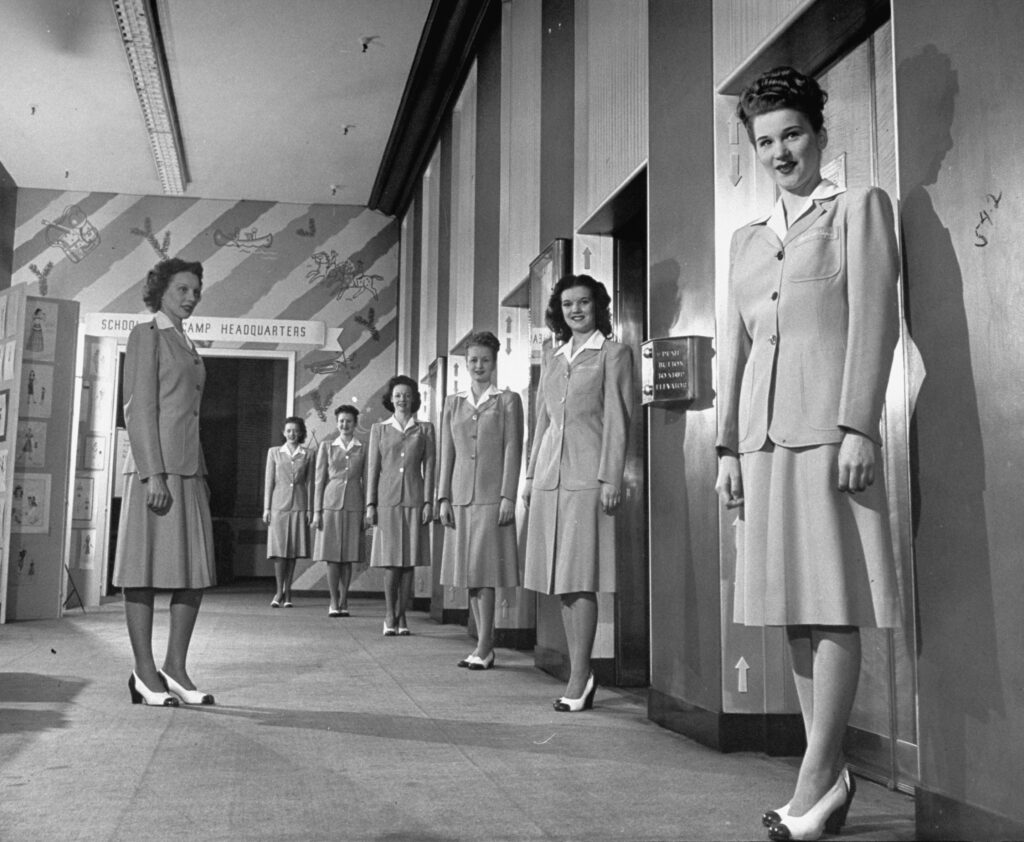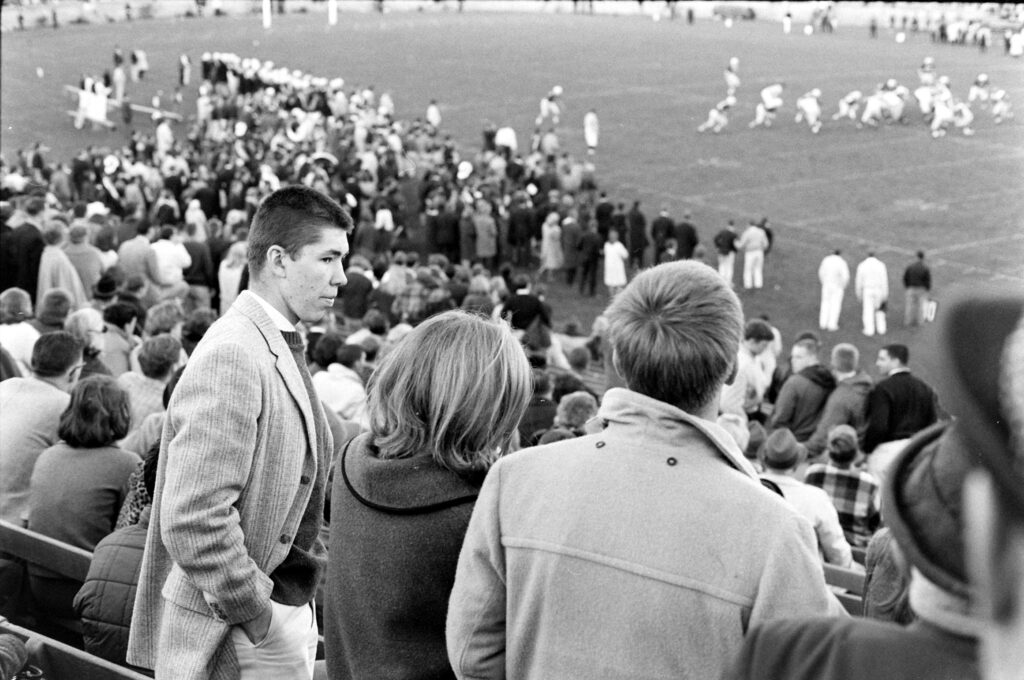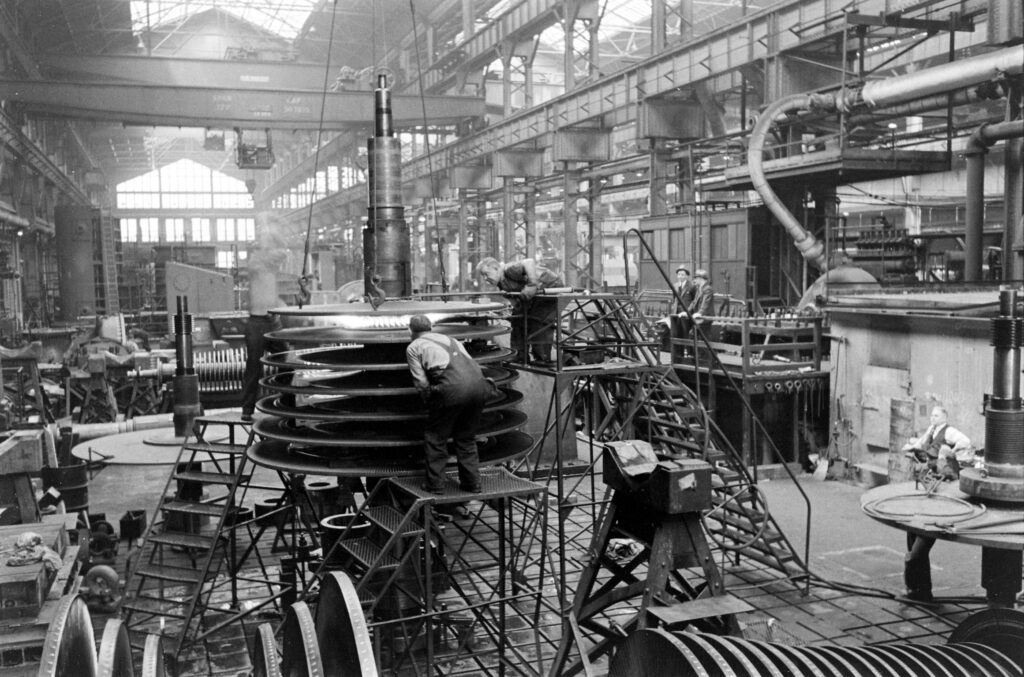Written By: Eliza Berman
The bullets National Guardsmen fired into a group of student demonstrators at Kent State University on May 4, 1970, were meant to de-escalate a situation spiraling out of control. Instead, they inspired a host of demonstrations on campuses across the U.S., and left four students dead, one permanently paralyzed and another eight wounded.
The events on that spring day were several days in the making several years, really, taking into account the growing discontent among American students about the war in Vietnam. The week before the confrontation, President Nixon had announced that U.S. combat forces were launching a campaign in eastern Cambodia, to the dismay of many students who opposed the war.
On May 1, several hundred Kent State students attended a peaceful protest during the day, but by nighttime anger had devolved into vandalism and destruction. Over the next several days, rumors circulated that a group of radicals was out to destroy the town. The ROTC headquarters burned, to the cheers of droves of students.
On May 2, fearful that the tensions could not be contained, the mayor asked the governor to call in the National Guard. Despite the Guardsmen’s presence, students held a rally Sunday night and another at noon on Monday. The Guardsmen ordered the crowd to disperse, but it did not. The students threw stones and empty tear gas canisters at the Guardsmen, and the Guardsmen returned fire.
LIFE dedicated its cover to the shooting on May 15, with an image of a wounded student looking skyward. Correspondents interviewed the parents of the dead, two of whom had been protesting and two of whom were passersby caught in the crossfire. Said the father of Allison Krause, who belonged to the former category, “Is this dissent a crime? Is this a reason for killing her?”
An entire spread detailed the final hours of Bill Schroeder, a student who had gone to observe the rally. Schroeder was on an ROTC scholarship, a good student who wrote poetry and hoped to pursue psychology. That night, a statement was issued on the university’s news service: “Schroeder, Wm. K., 19, sophomore, DEAD.”
The words LIFE used to describe the event didn’t equivocate—they condemned:
The upheaval in Kent seemed at its outset to be merely another of the scores of student demonstrations that have rocked U.S. campuses. But before it ended, in senseless and brutal murder at point-blank range, Kent State had become a symbol of the fearful hazards latent in dissent, and in the policies that cause it.

The LIFE Magazine cover depicting Kent State shootings in May 1970.

“Minutes before firing the fatal volleys, embattled Guardsmen knelt and tried to bluff the students into submission by aiming their rifles at them. Then, as students taunted them with jeers and banners and hurled back tear gas cans at them, the troops yielded to regroup–and aim again.”
LIFE Magazine

“Retreating to a knoll, the Guardsmen leveled their guns and aimed and fired into the crowd of students. At the fore was a soldier with a .45-caliber service automatic. Witnesses said the shooting stopped when a man in a fatigue cap (under umbrella at rear) ran out and yelled, ‘Cease fire!’ The Guard’s commanding officer estimated that, in all, about 36 shots were fired by his men.”
LIFE Magazine

Pictures across the top depict three of the students killed in the shooting (left to right): Jeffrey Glenn Miller, Sandra Lee Scheuer and Allison Krause. Photo at left is of Miller’s father. Photos at bottom depict Mary Ann Vecchio, a 14-year-old runaway, crying over Miller’s body.
LIFE Magazine

This spread was devoed to Bill Schroeder, one of the four students who killed in the shooting. Schroeder’s friend told LIFE, “Make sure you say one thing if nothing else. Say that Bill was not throwing rocks or shouting at the Guardsmen. It would never have crossed his mind to do that. He was there watching it and making up his own mind about it and they shot him.”
LIFE Magazine












